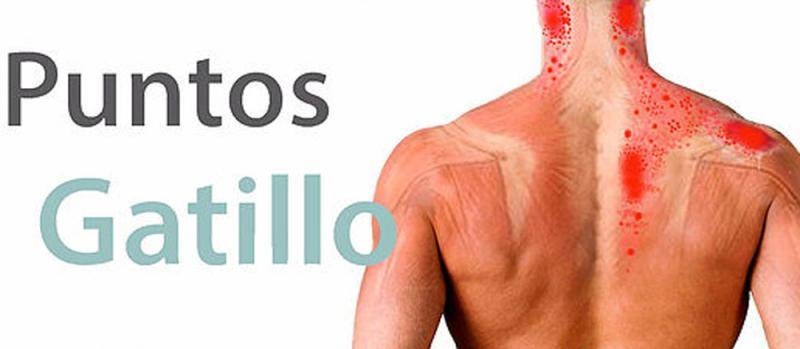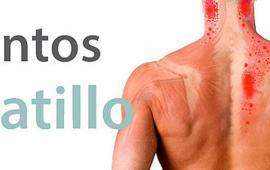Myofascial Pain and Trigger Points
Myofascial pain is one of the most common causes of musculoskeletal pain.
It cannot be diagnosed with imaging tests, either X-rays, MRI or CT scans, but by exploration and palpation of the muscle bands. Therefore, being one of the most frequent causes of pain, it is not considered as such by conventional medicine.
The skeletal musculature occupies a large part of the body volume and represents 50% of the weight. The human body contains approximately 200 pairs of muscles, or a total of 400 muscles. Any one of these 400 muscles can have trigger points activated resulting in radiating pain, i.e. pain away from the activated trigger point.
But muscles in general, and myofascial trigger points in particular, are barely considered in the medical literature. Rarely will a traumatologist look for a myofascial trigger point as a cause of musculoskeletal pain; instead, they tend to focus their attention on bones, ligaments, joints and nerves. Rarely do "tendonitis" - tendon inflammation - appear as a cause of pain, without taking into account that the tendon is the muscle insertion part in the bone, and therefore an inflamed tendon is closely linked to a muscle whose tension is excessive due to shortening of its fibers.
Trigger points
The trigger point is a palpable, painful nodule that is part of a taut band of muscle fibers and whose activation generates a radiating pain pattern characteristic for each muscle. The trigger point is located in the area of the muscle called the motor plate, the point where the motor neuron terminal nerve fiber is attached to the muscle fiber. It is the region where the muscle fibers are innervated.
The trigger point is the region where the muscle fibers are innervated.
Trigger point activation is usually associated with muscle overload due to mechanical overuse. When a trigger point is activated, the pain intensifies as the muscle fibers contract to generate movement, and this pain often occurs far from the affected muscle area.
For example, in contracture or shortening of the trapezius muscle fibers can produce radiating pain in the temple area, often mistaken for headache; in contracture of the supraspinatus or infraspinatus muscle of the scapula can produce pain in the shoulder and lateral part of the arm when lifting it; in contracture of the gluteus minimus there is a very intense pain in the lateral part of the leg that descends to the foot and is often mistaken for pain due to compression of a nerve.

To diagnose an activated trigger point, it is essential to know all the referred pain patterns, identify it and look for the responsible muscles, as often trigger point activation, even if it starts in a single muscle, spreads to other muscle groups of equal or opposite action to the affected muscle.
Trigger point activation, even if it starts in a single muscle, spreads to other muscle groups of equal or opposite action to the affected muscle.
This contagion is due to the imbalance generated by the contracture of a muscle in the muscle chains in which it participates during movement. The identification of muscle trigger points is performed manually by palpation.
.
Trigger points: Treatment
With the dry needling or acupuncture needle puncture technique in the trigger point area, a reflex muscle relaxation and blood vasodilation is triggered, with more oxygen and nutrients reaching the muscle, thus favoring the recovery of the length of its fibers and the deactivation of the trigger points.
A musculoskeletal pain triggered by the activation of myofascial trigger points may need between 2 and 4 sessions to completely subside.
Scientific studies on the treatment of myofascial pain with acupuncture
- Zhang R, Wen SY et al (2023). Acupuncture for lumbar myofascial pain syndrome: systematic review and Meta-analysis. Zhongguo Zhen Jiu. 2023 Sep 8;43(11):1324-1332. English, Chinese. doi: 10.13703/j.0255-2930.20221120-0002. PMID: 37986258.




